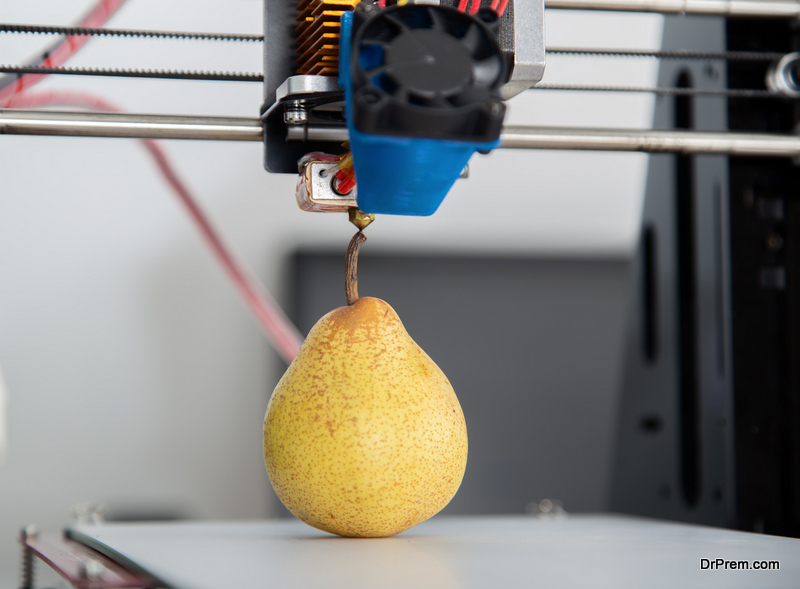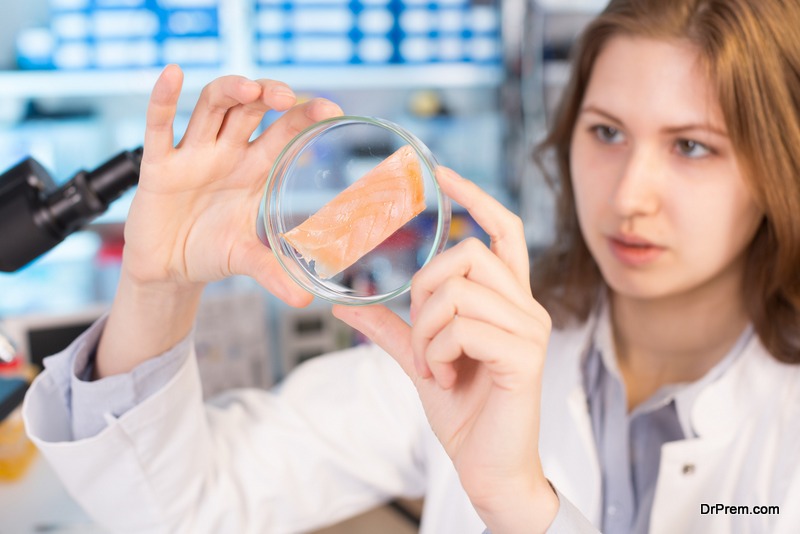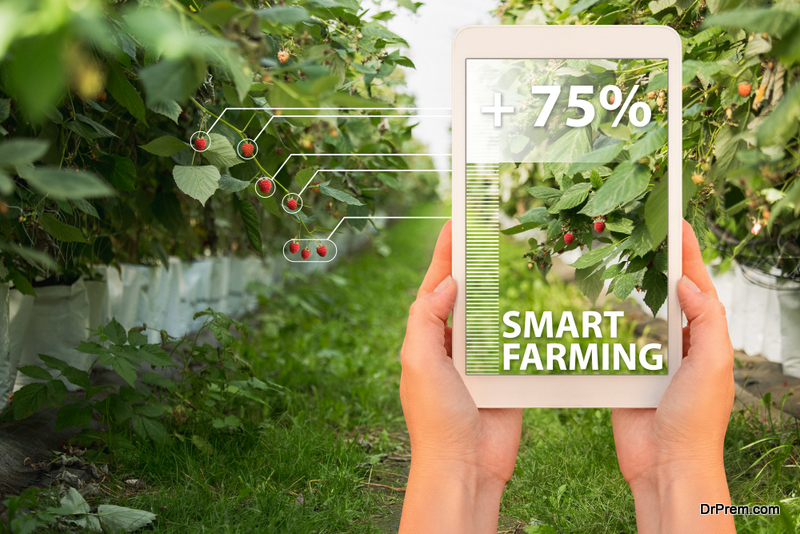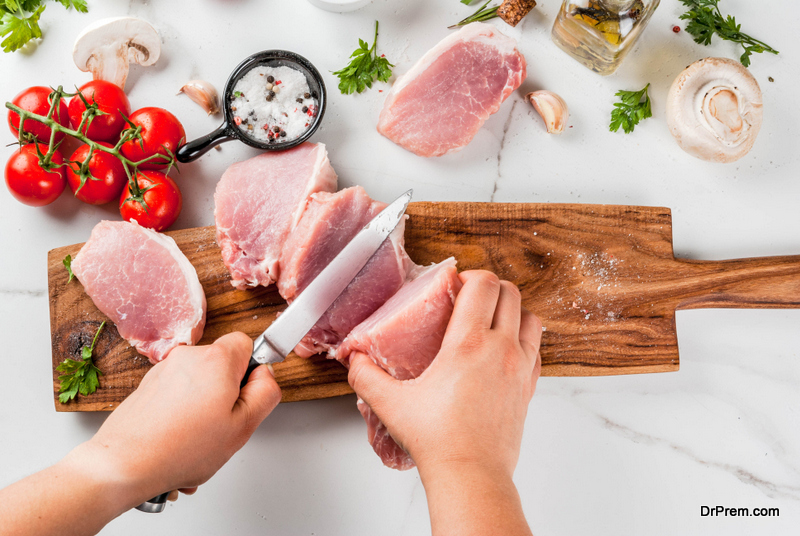The global food industry is witnessing tech revamp in every aspect from procuring, preserving and to consuming. Food tech innovations have come close to our eating habits bringing in sweeping modifications. The experience we had yesterday while savoring food would turn into history tomorrow.
Blockchain technology and 3-D printed food packaging have brought about a new philosophy in our cereal consumption pattern as much as lab-grown lamb being introduced to our palate. It initiates a departure in our animal protein imbibing preferences.
Innovative food technology makes food tastier, more nutritious and available at affordable prices. Neither the producers nor the consumers are deprived of their efforts, time and money. An overall value addition to the food system is induced.
The latest inventions in the food industry are not just a passing trend but is a result of honest efforts in research and development in food processing. The target is to obtain food in a more sustainable way through righteous procurement methods.
Innovations in food-tech can address the burning issues:
- Globalization and Supply chain complications cause a substantial loss to the food industry.
- A shift in food preference by consumers who look for more healthy food options.
- To check food fraud fingerprints, multisensory tools, food biotechnology, smart farming where drones are used for crop monitoring, spraying pesticides, procuring data and carrying out soil investigation.
- Focus on superfoods like pulses, quinoa, oats and barley are also envisaged as a part of initiating innovations in the realm of food production and consumption.
Food-tech innovations likely to impact the food industry tomorrow:
1. Introduction of blockchain technology:
 Presently, the transparency in operations in the food industry has been giving away to expanding grey areas. Dubious dealings and forgery in food scenario are on the rise causing the global economy take an annual hit of USD 40 billion. Could blockchain technology be an answer?
Presently, the transparency in operations in the food industry has been giving away to expanding grey areas. Dubious dealings and forgery in food scenario are on the rise causing the global economy take an annual hit of USD 40 billion. Could blockchain technology be an answer?
This technology is likely to inject a fair amount of honesty in the way our food system operates. The cycle involving the primary producers, the series of intermediaries, the market and the ultimate consumers need rationalization.
Blockchain technology is expected to deliver exactly the same. It would go a long way in shaping the future of agriculture. Hopefully, this technology will introduce verifiable numbers at each stage of food sourcing, production and distribution drawing a comprehensive roadmap and turning the concept of ‘ Farm to table ‘ a reality.
This would mitigate incidences of food fraud. Besides, it can provide solutions to a number of areas impacting food industry like:
- Monitor seafood industry where forgery amounting to wrong labeling of merchandise is in practice.
- Control over-exploited fisheries and marine ecology.
- Control and prevent the upsurge of food borne bacteria.
- Helps to police the supply and distribution system benefiting players with vested interests at the expense of farmers and ultimate consumers.
2. Food in flamboyant 3-D print package:
 It is a fact that 3-D printing builds creativity in showcasing the food product on offer. Food tech innovations find a ready application in 3-D printing where edible materials like gelatin, sugar and other stabilizing agents are used.
It is a fact that 3-D printing builds creativity in showcasing the food product on offer. Food tech innovations find a ready application in 3-D printing where edible materials like gelatin, sugar and other stabilizing agents are used.
They are appropriate printing media that make the food biologically resemble the processed ones. Even these innovative printing materials are open to question, how capable they are to combat the challenges resulting from processed food impacting the environment and consumers health.
Most of the food prepared by 3-D printing target displays newness as a unique feature to win customer appeal. A remarkable work in this area is by AgriDust that converts compost from food garbage into printable material. They recycle the product finding use in manufacturing plant containers and other food packaging item of a brief lifecycle.
3. Lab-grown meat:

The applications of biotechnology have gone so far into our food system that days are not far where we hardly need to wait for a lamb to grow and yield meat. It can be processed in the lab through latest inventions. All you need is a cultured cell and the right kind of environmental inputs.
The future of agriculture will depend a lot on the lab-grown meat. Lesser dependence on farm animals will be soon a reality to prevent drainage on resources like water and leaving lesser carbon footprints and ammonia waste. One acid test will still haunt champions of the lab meat, what will be the level of acceptance by consuming population?
4. Virtual reality:

Food tech innovations have made their mark in the field of virtual reality as well bringing in radical changes in our familiar consumption patterns. Project Nourished, an emerging virtual reality technology is conceived to offer sensory and discernible eating experience without calorie intake.
Seemingly, advantage is taken from applied biotechnology to create wholesome and sustainable food. Even insects and algae are thought to be highly nutritious and preserved inside hydrocolloid based tiny food cubes.
The study is in progress to explore possibilities of cloning digital copies of food specimen feared to become extinct. Before climatic changes, overfishing and environmental pollution can wipe them out completely, preservation efforts by digital copies is imperative for consumption by the posterity.
5. Cell phone based apps for farmers:

Food tech innovations have appeared in the lives of farmers too helping them with an access to better quality of living. Their business models have been improved by the cellphone apps. It covers a wide range from handling banking operations, organize finances, provide information on crop strains and pesticides and sourcing irrigation water and enabling speedy access to markets to sell their produce at better prices.
6. Food Hub Logistics technology:

Food tech innovations come with a lot of thoughts on how fast farm fresh edibles can appear on our table. We crave for just-in-time food so that quality, taste and nutritional value are retained. Locally grown food is ideal in view of vegetables, cereals, fruits and farm meat growing stale from long distance travel.
Food Hubs logistics play a significant role here. They ensure efficient service to local producers making it a point their produce is bought no sooner it is harvested. They also make sure consumers get fresh food and not kept waiting for the arrival of produce. Perhaps the best part of their intervention arises from checking food costs loaded from long distance transportation.
Other important food tech innovations:
Some great news is around the corner:
- Super tender meat – Shockwaves for treating food are sent through water changing the structure of meat through mechanical stress. What you get is palate-friendly soft meat slices!
- Forward Osmosis – This technology, unlike other processing methods do not generate heat and pressure. Thus, quality of protein, vitamins and flavor stays intact.
- Mega Ultrasound technology – This is a sound-based food tech innovation that transmits sound waves at megahertz scale. It enables drawing more oil from olives, coconuts and soybeans.
- Super dry tech – It uses sound waves, low temperature and minimal drying time to ensure retaining antioxidants, vitamin C and other nutrients.
- High pressure thermal processing – The process uses minimum heat and produces microbiologically safe food. Too much heat destroys food value.
Food-tech innovations have been game changers in the industry since the dawn of the civilization and the pace remains to meet the demands of the 21st century consumers.




